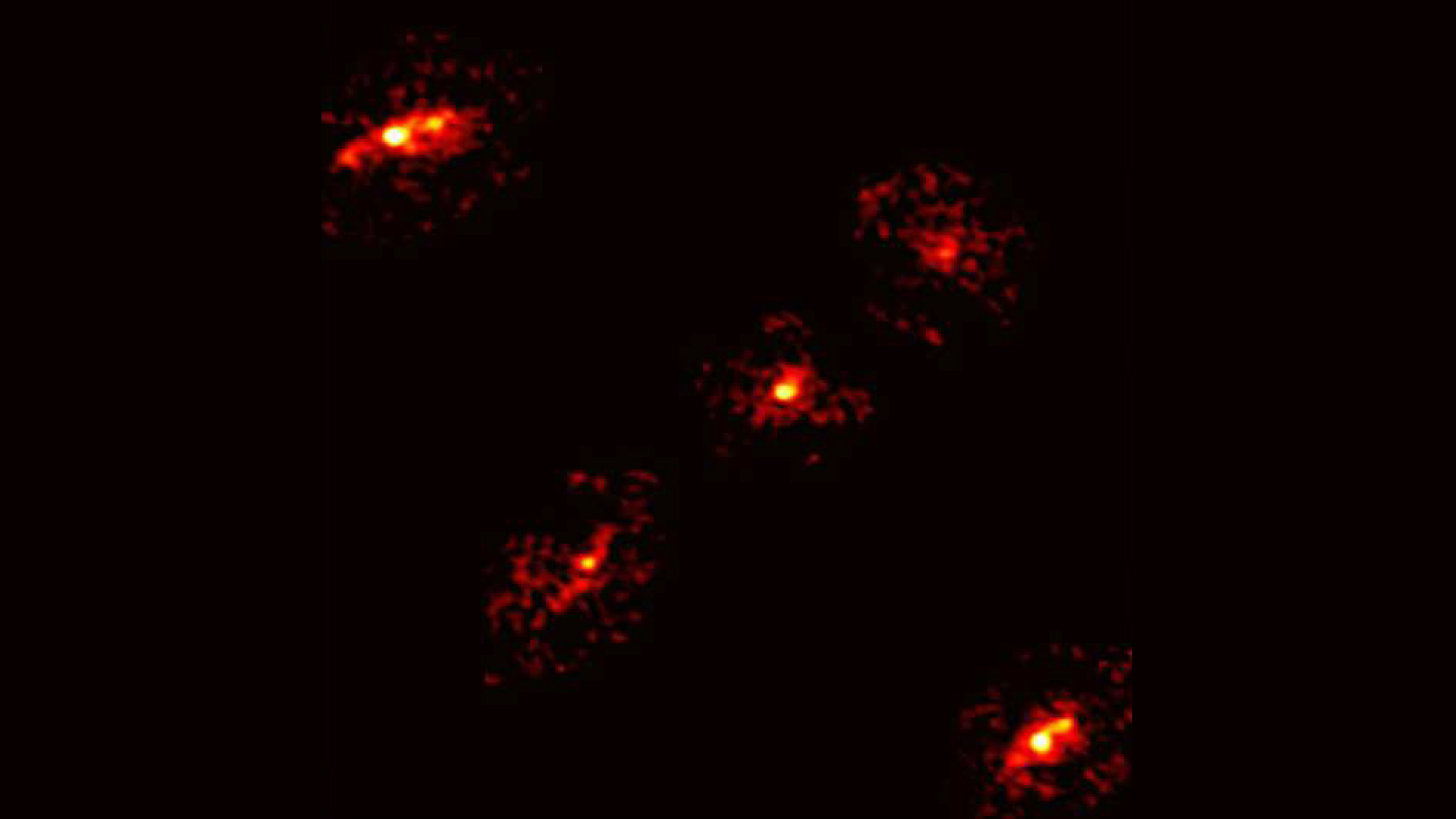In a groundbreaking study published in Deep Sea Research Part I: Oceanographic Research Papers, researchers have uncovered a curious biological boundary in the ocean that seems to separate two distinct types of jellyfish, despite their genetic similarities. The study, led by marine biologist Javier Montenegro of the University of Western Australia, explores the deep waters of the North Atlantic Ocean, where a unique line divides jellyfish species. This hidden boundary, located in the region known as the North Atlantic Drift, has piqued the interest of oceanographers and marine biologists alike, suggesting that the deep ocean might hold more secrets than previously thought.
This barrier is significant because it represents an invisible yet powerful divide in the distribution of marine life, especially in jellyfish populations. While the study doesn’t just explore the surface-level differences between the species, it highlights the profound implications of ecological boundaries and how they shape the distribution and behavior of marine creatures. This discovery adds to a growing body of research that focuses on how environmental factors, such as ocean currents, temperature, and predation, contribute to these natural divisions in the ocean.
The Arctic Ocean’s Deep Waters: A Mysterious Divide
In the cold depths of the Arctic Ocean, a previously unnoticed but biologically significant barrier divides two types of jellyfish belonging to the subspecies Botrynema brucei ellinorae. These jellyfish morphotypes exist in two forms: one with a distinctive knob on its hood and the other without. The two forms are genetically nearly identical but behave in ways that suggest a deeper environmental influence at play. Marine biologist Javier Montenegro and his colleagues found that while knobbed jellyfish are distributed globally, those without the knob are confined strictly to the Arctic and sub-Arctic waters.
“Both types occur in the Arctic and sub-Arctic regions,” explains Montenegro, “but specimens without a knob have never been found south of the North Atlantic Drift region, which extends from the Grand Banks off Newfoundland eastwards to north-western Europe.” This suggests that, despite their shared genetic lineage, the physical environment plays a crucial role in their distribution. This discovery introduces the concept of a “semi-permeable faunal boundary” in the ocean, an area where the conditions change enough to allow certain species to thrive but prevent others from crossing.


The Role of the North Atlantic Drift in Oceanic Distribution
The North Atlantic Drift, a powerful ocean current flowing from the Grand Banks off Newfoundland to north-western Europe, serves as an important ecological boundary. The current plays a key role in shaping the marine environments along its path, affecting temperature, salinity, and nutrient distribution in the ocean. Montenegro’s research suggests that this current creates a barrier that divides species in unexpected ways, particularly within the deep-sea jellyfish populations.
While jellyfish with a knob on their hood can be found in deeper ocean waters around the world, their knob-less counterparts are absent south of the North Atlantic Drift. “The differences in shape, despite strong genetic similarities across specimens, above and below 47 degrees north hint at the existence of an unknown deep-sea bio-geographic barrier in the Atlantic Ocean,” Montenegro explains. This boundary could be related to environmental factors unique to the region, which either enable or restrict the movement of different species.
Why Does the Knob Matter?
The existence of a knob on the jellyfish’s hood may not be just a random genetic variation. Researchers speculate that the knob could provide a protective advantage, especially against predators. “It could keep specimens without a knob confined to the north while allowing the free transit of specimens with a knob further south, with the knob possibly giving a selective advantage against predators outside the Arctic and sub-Arctic regions,” says Montenegro. This evolutionary trait may allow the knobbed jellyfish to survive in warmer, more predator-rich waters further south, whereas the knob-less jellyfish are restricted to the cooler, more isolated northern waters.
Understanding why certain species evolve specific traits in response to environmental pressures can provide valuable insights into the broader mechanisms of natural selection and adaptation. The knob’s role as a possible defensive feature highlights how species evolve in response to the unique challenges posed by their environment, underscoring the complexity of life in the deep ocean.
The Need for Further Research into Ocean Biodiversity
This discovery brings to light just how much there is still to learn about the biodiversity of the ocean, particularly in its deepest regions. Montenegro emphasizes that this finding should prompt further exploration of the deep ocean’s ecosystems, as it could lead to the discovery of additional barriers that separate species and shape their evolution. “The presence of two specimens with distinctive shapes within a single genetic lineage highlights the need to study more about the biodiversity of gelatinous marine animals,” says Montenegro.
The study of deep-sea biodiversity remains one of the most challenging and underexplored areas of marine biology. As the study of jellyfish distribution shows, even slight variations in environment can lead to significant differences in how species behave and adapt. This suggests that many more such boundaries could be lurking in the depths, waiting to be discovered.
Source link

